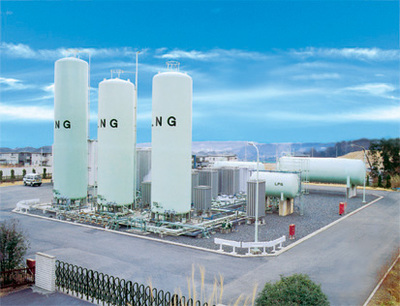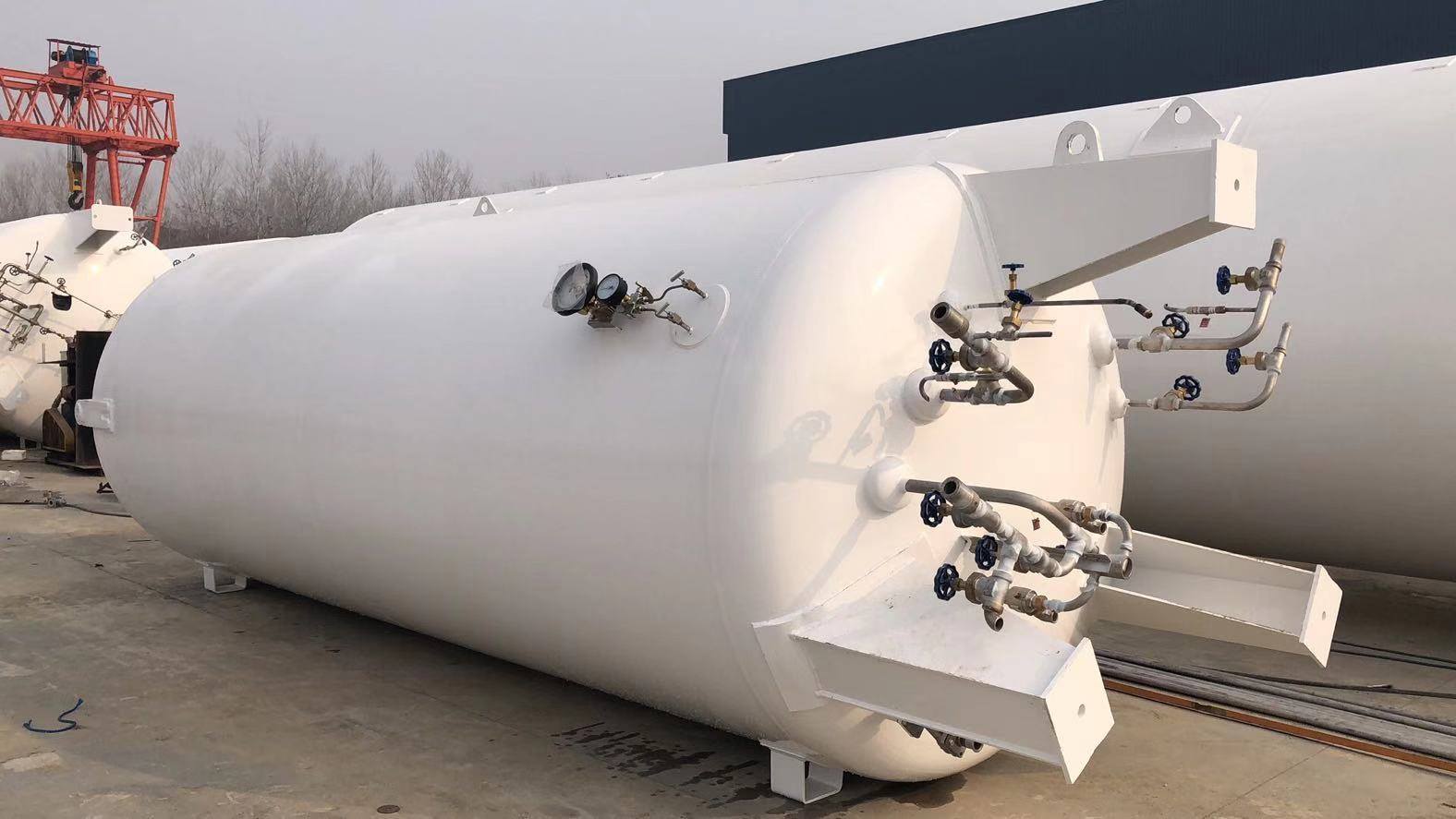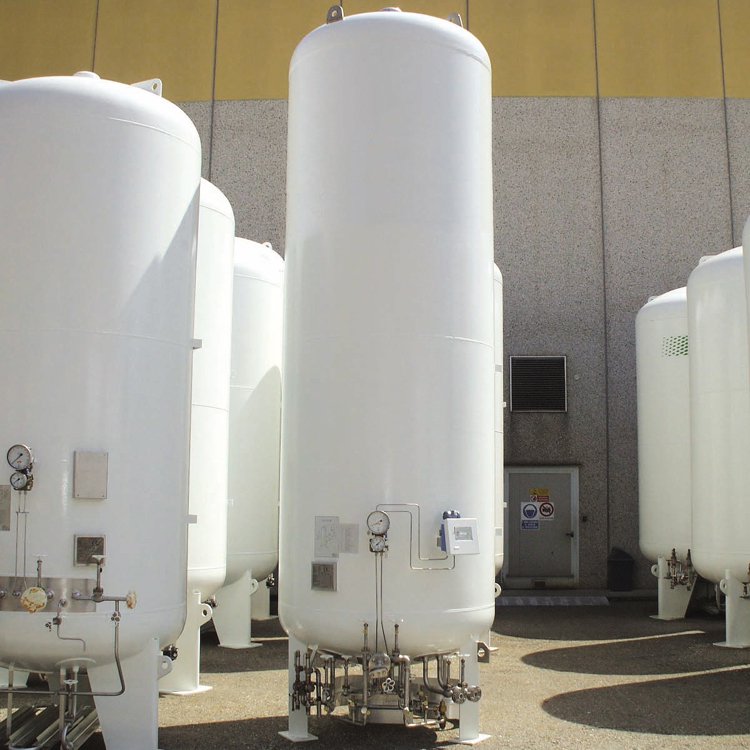Principles of nondestructive testing technology for LNG tanks
In order to reduce and avoid the occurrence of LNG tank failure accidents, regular monitoring and nondestructive testing are required.
In order to reduce and avoid the occurrence of LNG tank failure accidents, regular monitoring and nondestructive testing are required. The application of nondestructive testing technology should mainly follow the following principles:
1. Combination of nondestructive and destructive testing
Modern nondestructive testing is to inspect and test the internal and surface structure, properties, and state of the object to be tested without destroying the object to be tested. Its biggest feature is that it does not damage the object itself. At present, nondestructive testing cannot replace destructive testing. On the one hand, it is because nondestructive testing technology itself has limitations. On the other hand, some characteristics must be destructively tested. For example, in order to improve the reliability of the test results, liquefied petroleum gas cylinders must undergo explosion tests in addition to nondestructive testing.
2. Choose the right time and method
When conducting nondestructive testing of LNG tanks, the right time for implementation should be correctly selected based on objective testing objectives and combined with the production status, materials, media, and manufacturing process characteristics of LNG tanks. The selection of non-destructive testing methods should first strictly follow the technical regulations of LNG storage tank equipment, relevant product standards, and relevant technical documents and drawings, and then select according to the material, manufacturing method, working medium, structure, use conditions and failure mode of LNG storage tank equipment, and predict the type, shape, location and orientation of possible defects.
3. Comprehensive application of various non-destructive testing methods
Different non-destructive testing methods have their own strengths. In order to detect as much defect information as possible and clearly understand the actual situation of LNG storage tanks, it is necessary to take advantage of their strengths and avoid weaknesses and comprehensively apply various non-destructive testing methods. For example, ultrasonic flaw detection has a high sensitivity, but the detailed detection of size and degree is not accurate. The comprehensive application of the strengths of multiple testing methods can produce reliable and accurate test results.





























